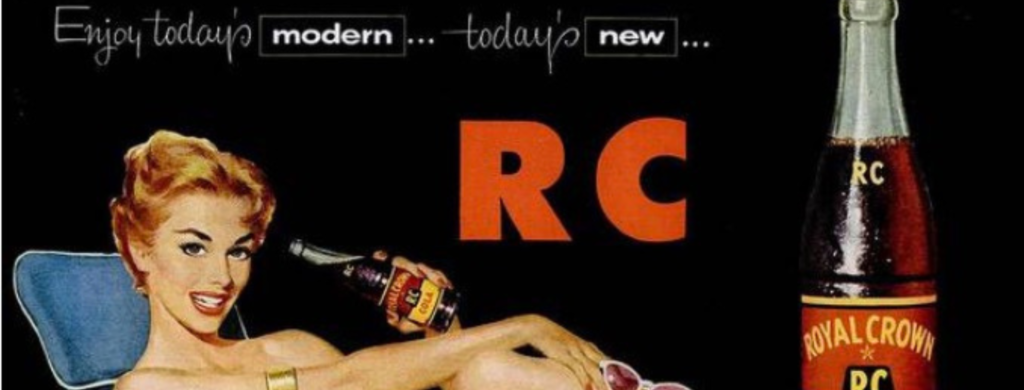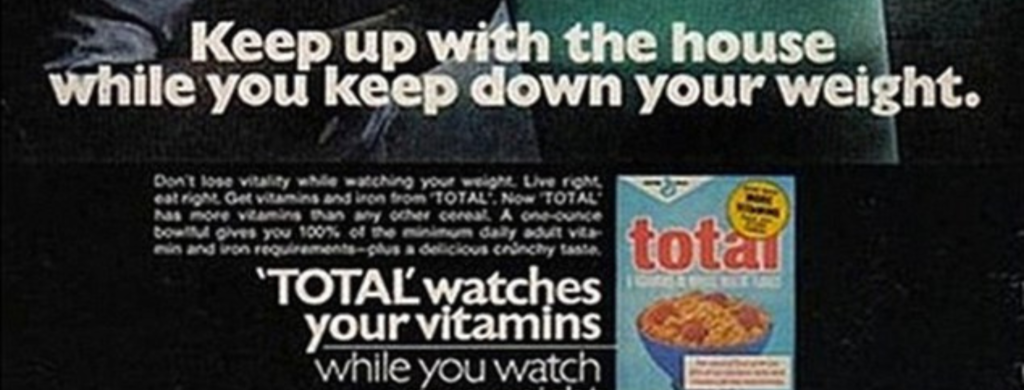
“A brand is the contract between company and consumer.“
Simon Clift, former Chief Marketing Officer of Unilever
Sales Based on Quality
Advertising during the 1950s took on a different form from what we know today. It was a time when families were scrambling to buy a television set, replacing the Golden Age of radio. Women were finding more job opportunities, allowing them to earn money which they could (sometimes) spend on their own. Because of this, women became a focus in advertising. Companies wanted to make sure that they were not excluding those who were now making more of the purchasing decisions.
During this time, the primary goal in buying a product was getting something of quality. Whether it was an appliance, make up, or food, consumers wanted to make sure that the product worked, and worked well. Word-of-mouth was relied on heavily by companies, knowing that consumers would spread around the names of products they liked.
Eventually, though, companies wanted to find a way to distinguish themselves from competitors. An article on the history of modern marketing states, “As long as the brand was perceived to offer superior value to its competitors, the company offering the brand could charge a little more for its products.” At that point, companies’ loyalty to the product was fading. All they were concerned with was what the consumer thought of them.
By the early 1990s, most companies had a marketing department. The big names – like Tide, Pepsi, Colgate, and General Mills – had already been focusing on branding. But the smaller companies were following closely behind. They saw how much influence the advertising world had on the perception of a company. All that was required was to know your audience.

Sales Based on Emotion
It is now well known among marketers that emotion is the number one driving factor when it comes to purchases. While the general public tends to believe that their decisions are made based on logic, the facts point elsewhere. Researcher Phillip Adcock, a consumer behavior expect, has let us know that the persuasiveness ratio of emotion to reason is 24:1. Because emotional reactions are 3,000 times quicker than rational thought, it’s no wonder that we, as consumers, tend to impulse-buy based on ‘gut feeling.’

Emotional parts of the brain also process sensory input five times faster than rational thought. This means that companies should be paying attention to their visual appeal: if a consumer sees something “shiny,” they are absolutely more likely to make the purchase.
Being Authentic
With both of these in mind, any company can reach out to their consumer base and gain their trust through emotion and quality. There are two things to keep in mind:
- Quality products mean more repeat customers. When they know that you provide something of value, they will keep coming back.
- Anyone can use advertising hacks to make a person feel good. Use what you have – strong values, a focus on community, passion for causes – to bring in the right audience. If you are being authentic, you will find your customers.
Authenticity is the top attribute that today’s purchasers look for in a company. People don’t want to be swooned; they simply want to know that their money is going to the right place. Be transparent and show the world what you have to offer. The right people will come along.



